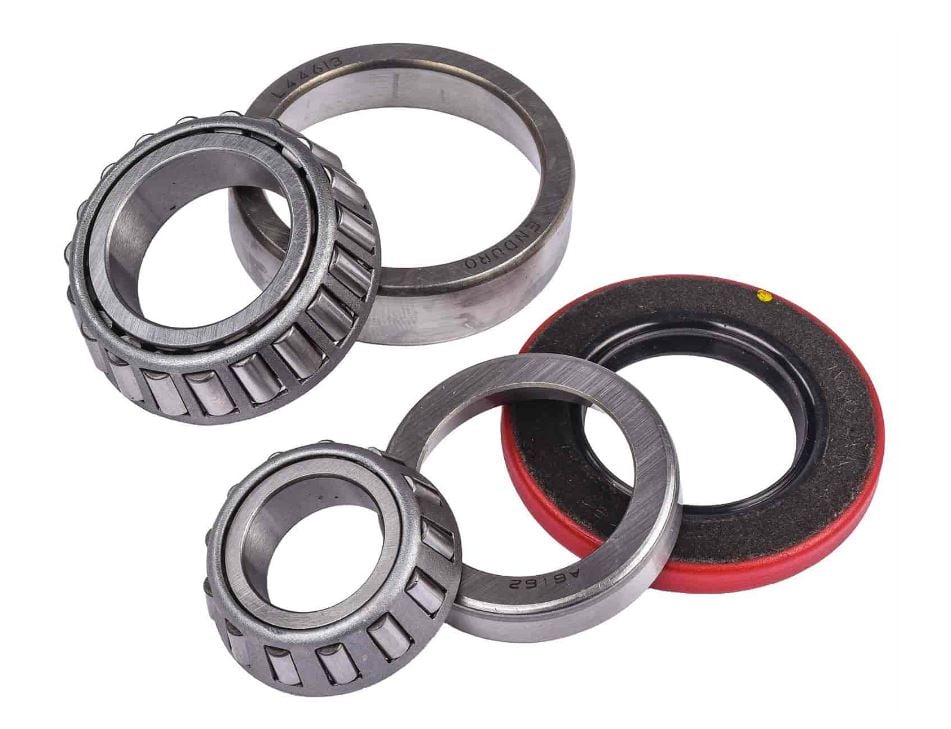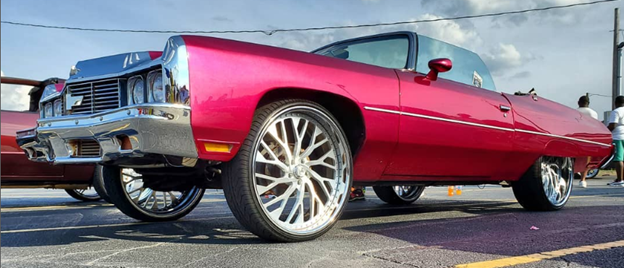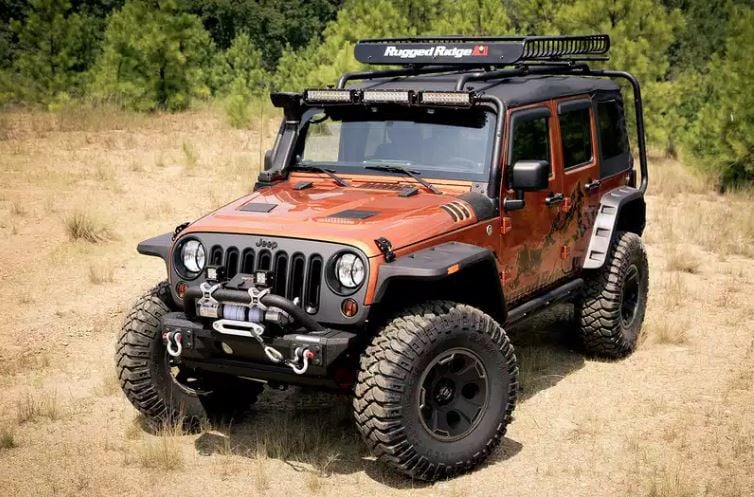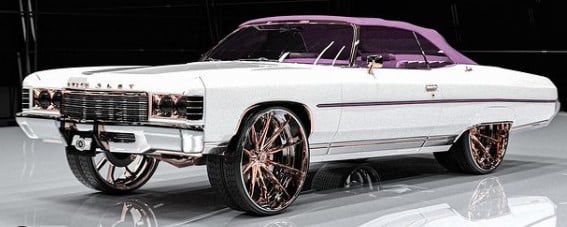
Since the early days of automobiles, wheel bearings have played a crucial role in minimizing friction and supporting the weight of vehicles. These vital components are responsible for enabling smooth and nearly frictionless wheel rotation, ensuring the vehicle moves effortlessly. In this comprehensive guide, we will delve into the different types of wheel bearings, their functions, and maintenance tips to help you identify and care for the wheel bearings in your vehicle.
Types of Bearings
Wheel bearings are typically housed within a race, with small moving parts inside acting as the bearings. There are several common types of wheel bearings, each designed to cater to specific applications:
Ball bearings
Comprising spherical steel balls placed between an inner and an outer race, ball bearings are commonly used in light-duty applications with some lateral play. Though each ball acts as an individual bearing, the assembly is often referred to as a ball bearing. Due to their limited weight-bearing capacity, ball bearings are ideal for applications with minimal stress.
Tapered roller bearings
One of the most prevalent types, tapered roller bearings are found in both sealed and serviceable assemblies. Solid steel cylinders roll in a line along a slightly conical path within the inner and outer races. These bearings excel at providing low friction and long-lasting operation, making them suitable for heavy-duty applications with thrust requirements.
Straight roller bearings
Cylindrical or straight roller bearings are commonly used in sealed wheel hubs and repackable wheel bearing applications. Similar to tapered bearings, these bearings feature cylindrical segments arranged between an inner and outer race. Although they offer capable load-bearing capabilities, they lack the same thrust capacity as tapered bearings.
Components Related to Bearing Assembly
Understanding the components of a bearing assembly can help identify abnormal wear and tear or damage. Key components include:
- Bearing Race: Smooth metal surfaces along which the bearings run, with some bearings featuring an inner and outer race, while others, like tapered wheel bearings, have only an inner race.
- Bearing Cage: Intended to hold the individual spheres or cones apart, preventing friction between them. The cage is often an integral part of the assembly.
- Seal: Acts as a barrier to retain grease inside the bearing or prevent contaminants from entering. These seals are typically made of hardened rubber.
- Bearing Grease: High-temperature wheel bearing grease is used for serviced bearings, ensuring smooth and efficient operation.
- Additional Parts: Other related parts include wheel bearing dust caps, wheel hub seals, flat washers, crown nuts, and cotter pins, each serving a specific application.
Types of Front Wheel Bearing Designs
Front wheel bearings are commonly found in wheel hub assemblies, allowing a splined axle shaft to pass through the center and fastened with a large nut. For front-wheel-drive applications, tapered roller bearings are often used on either side, providing better load-bearing abilities when the wheels are turned. On rear-wheel-drive vehicles or those with non-drive front wheels, both tapered and straight roller bearings are used in the hub. Wheel hubs are typically non-serviceable, requiring no maintenance, while a few can be serviced, allowing for the removal and repacking of wheel bearings.
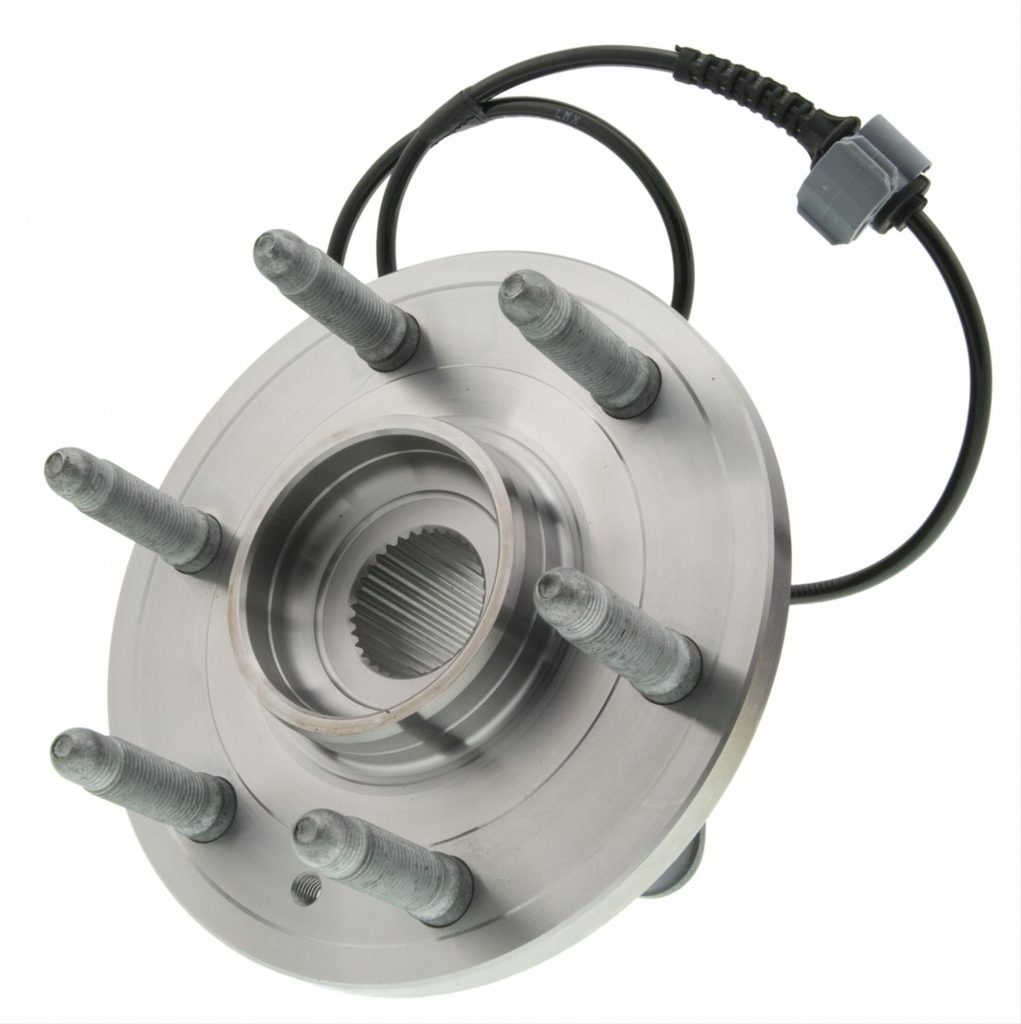
Types of Rear Wheel Bearing Designs
For vehicles with rear drive wheels on a solid axle, wheel bearings may need regular repacking. Commonly used are ball bearings and straight roller bearings, as thrust is not a significant concern at the rear wheels. However, many newer vehicles utilize integrated, non-serviceable rear wheel hubs. Additionally, vehicles with independent rear suspension might use sealed, non-serviceable straight roller bearings.
Axle Shaft Bearings
Some manufacturers mount bearings further inboard on the axle shaft, providing support in specific spots, particularly on solid rear axles. For these applications, a range of bearing styles, including ball, straight roller, and tapered bearings, is used.
Get Your Bearings at JEGS
Understanding wheel bearings is essential for maintaining the smooth operation of your vehicle. By identifying the correct bearing type and ensuring regular maintenance, you can ensure optimal performance and extend the lifespan of your wheel bearings. If you are unsure about the specific wheel bearings needed for your vehicle, seek assistance from our associates at JEGS, who can help you find the right bearings for your car or axle. Whether you need high-performance wheels, drivetrain components, or any other parts for your vehicle, find it at JEGS today.
